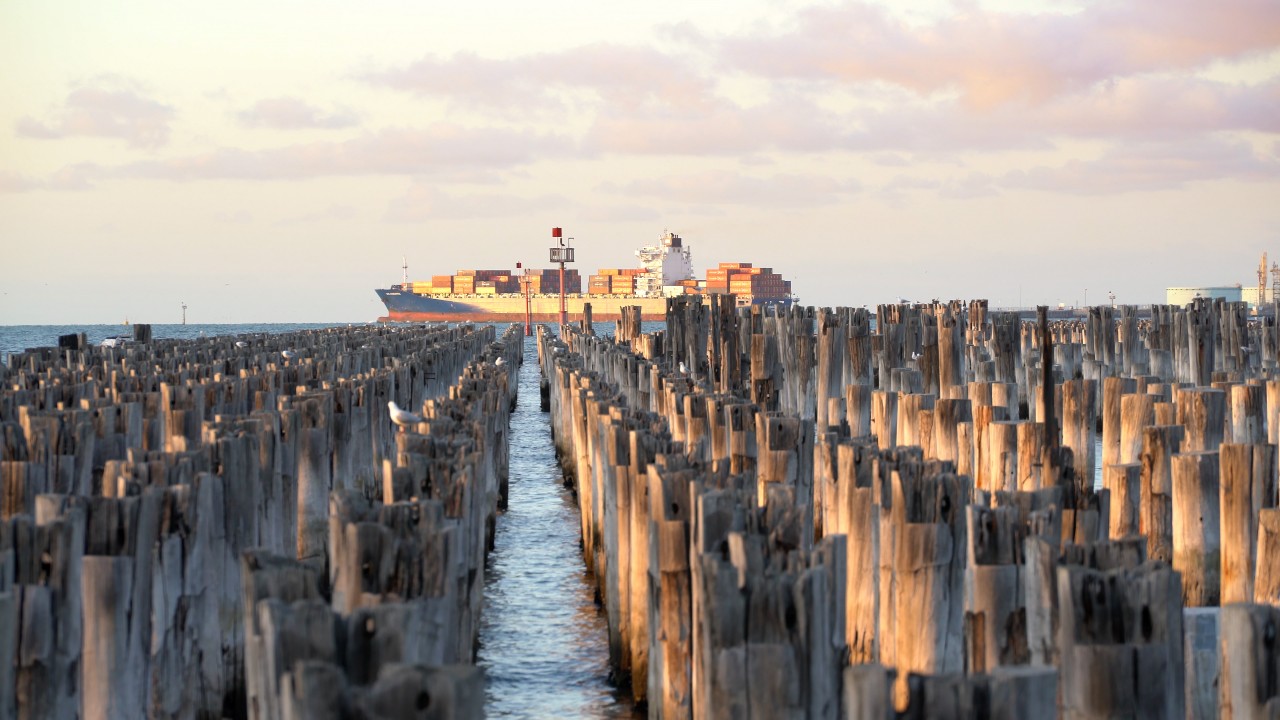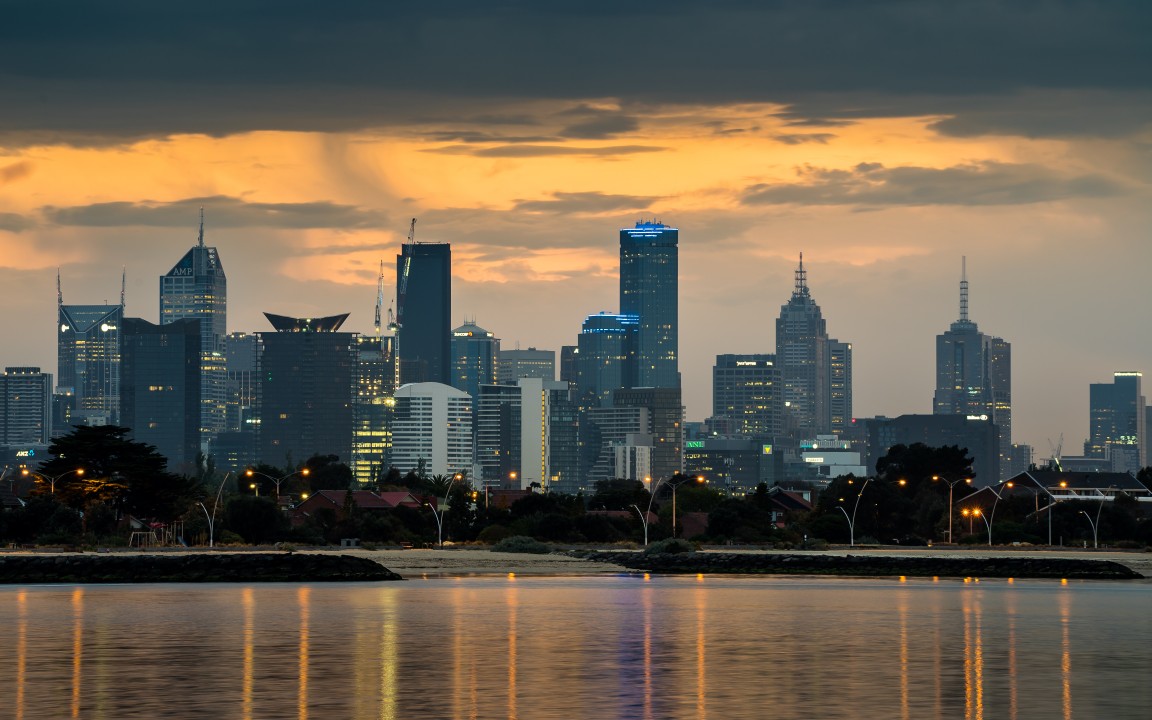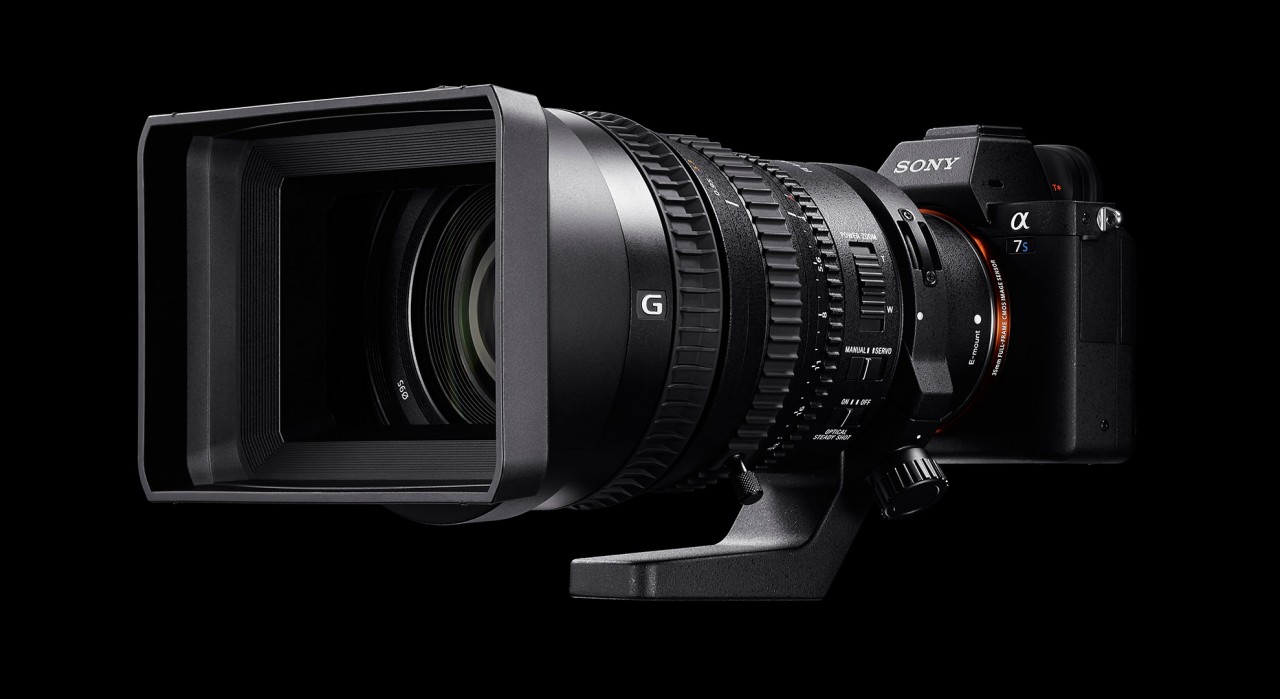
Review of the 4K internal recording capability of the new A7SII
- Lenses used include the FE1635F4, FE35F28, FE55F18, FE70200F4, PZ28135F4
- Clips graded with Premiere Pro CC 2015
With the arrival of the A7SII camera, the second generation of the A7 cameras is now complete. Here at markgaler.com we have had the chance to put the A7SII camera through its paces. The A7S/A7SII represents one of the most significant landmark cameras to be released this decade and the original A7S was voted the Best Photo/Video Professional Camera in the 2015 TIPA Awards (Technical Image Press Association). The A7SII has big shoes to fill.

Mighty Big Shoes to Fill
The launch of the original A7S in 2014 caused a major stir in both the movie and stills imaging industries and proved Sony were really capable of some truly ‘disruptive’ technological innovation. With an astounding ISO capability of 409,600 we were amazed when movies started appearing that were captured in levels of ambient light that we previously thought were beyond the capabilities of camera sensors – movies recorded with just the light of the moon or the light from a single candle. Here is a link to one of these movies that was featured in a previous blog post… https://www.markgaler.com/moon-riders-a-movie-captured-with-moonlight-a-drone-and-an-a7s
At more ‘moderate’ ISO values of 51,200 we enjoyed seeing incredibly clean video and stills that were beyond the normal ISO range of most full frame cameras. Although primarily designed to appeal to movie makers with its full frame lossless 4K capability, no pixel binning, S-Log2 Picture Profile and huge dynamic range, it also attracted a lot of attention from stills photographers looking to capture images hand-held in very low ambient levels of light. Some reviewers put the A7S stills capability in the same league as the A7R and Nikon D810 when the 36 megapixel images were downscaled to the 12 Megapixels of the A7S, but they conducted these tests at a mere ISO 6,400 when the A7S is just getting into its stride. At markgaler.com we decided to test the high ISO stills capability at ISO to 25,600 (an ISO where the Nikon cannot follow). A review of the high ISO capability of the A7S compared to the A7R when shooting stills at high ISO settings can be found here… https://www.markgaler.com/high-iso-performance-a7r-vs-a7s
As the sensor specs of the A7SII camera are very similar to the original A7S camera it is appropriate to read the original review that can be found here… https://www.markgaler.com/the-sony-alpha-a7s
The second 4K movie was captured hand-held – mostly in low light conditions to showcase the new Steadyshot (IBIS) together with the 4K recording.
New Features
Here is a list of some of the new features that we enjoyed testing in the new A7SII.
- 4K video with full pixel readout and no pixel binning in full-frame format
- Full HD 120fps recording and 4x/5x slow motion recording (100 fps for Australia)
- S-Log3 Gamma and Display Assist Function
- In-camera 5-axis optical image stabilisation
- Upgraded autofocus system with 169 AF Points
- Upgraded XGA OLED Tru-Finder EVF
- Option for Uncompressed Raw files
Although the A7SII presents a broad range of technical advances from the previous version it borrows most of its new features from the previously released A7II and A7RII models. We find the same impressive 5-Axis image stabilisation, the large XGA OLED T* EVF and redesigned body. The features we see for the first time, however, is the option to save uncompressed Raw files (brought to you by Sony through the weight of public opinion). We also see a much more friendly (easy to grade) S-Log3 Gamma (Picture Profile 8). Although we saw internal 4 K recording with the A7RII we now enjoy full-frame 4K with no pixel binning (leading to very sharp 4K footage when full-frame recording is required). You cannot, however, capture 4K in Super 35mm crop mode as the low megapixel count of the A7SII prohibits this. The 120 or 100 fps high frame rate is now available at 1080p instead of 720 (although this has be recorded in APS-C crop mode). If you need a reminder of just how valuable 5-axis IBIS (SteadyShot) is to shooting both movies and stills hand-held, check out the video I captured showing what happens when a non-native lens is stabilised via the new Steadyshot feature on the A7SII camera…
Stills or Movies?
The option of now shooting in Uncompressed Raw for stills capture will please many photographers who aggressively edit in post-production. The downsize of choosing this option, however, is the file size will grown to around 25 MB per Raw file, but this is still less than a compressed A7RII file).
Because the A7RII has closed the gap with its improved high ISO performance up to 25,600, we decided to concentrate our tests of the A7SII capability to the movie recording aspect. To show the value of both 4K internal recording combined with the Steadyshot feature and S-Log3 we shot much of the footage hand-held (no shoulder rigs, cages or steadycam equipment). This footage can be viewed in the second movie that has been embedded in this post – go to YouTube to see the full 4K clips if you have a high resolution monitor.
Go to https://vimeopro.com/markgaler/sony-alpha to access the 4K movies on Vimeo.com
Display Assist and S-Log3
Although I listed the Display Assist Function as a new feature, I have to admit to not being entirely sure what to expect from this feature. It is indeed a valuable feature, whereby you get to display a normalised view of your scene while shooting in the very flat (low contrast) profiles of S-Log2 and S-Log3 that are required to expand the dynamic range of the movie recording. The very flat screen view of S-LOG2 on the A7S can make it very difficult to assess sharpness using either the EVF or LCD screen. The new Display Assist feature found on the A7SII removes this problem completely by presenting a normalised view while recording and by choosing to shoot in S-LOG3 resulted in the low-contrast footage being much easier to grade in post production – without the need to use LUTS (Lookup Tables). In the test footage we simply graded the clips using just the Lumetri panel in Adobe Premiere Pro CC 2015. In situations where we did not need the dynamic range offered by S-Log3 we chose the PP6 profile.

PZ 28-135 F4 G OSS
The PZ 28-135 F4 G OSS lens arrived late in the test period but I was really excited to test this lens on the A7SII (see alternate ending to the City Awakens video clip at the end of this review). This is a fabulous lens and I believe it is a perfect companion for this camera. I was amazed by it features and ease of use. It is not a small lens (it has a 95mm filter thread behind that large boxy lens hood) but it lends itself to both stills and movie capture. The manual focus, power zoom and iris (aperture) are smooth and really slow and steady to adjust without any associated gear that you normally find on movie rigs. I would recommend this lens to anyone thinking of upgrading to the A7SII for video work. If you are shooting in 1080p then switching to Super 35mm mode will give this lens a 200mm reach. Although its a big lens it is not so big (as cine lenses go) that it cannot be used hand held.
Conclusion
As the A7SII camera is in a league by itself, It seems a little unfair to be overly critical in any review – as it stands, ‘the best just got better’. If, however, we had one wish for a feature that we would have liked to see on this model, it would have to be the phase detection AF capability of the A7RII. Although the contrast detection AF of the A7SII has been improved over the previous model, and the fact that it can focus in exceptionally low light (-4EV), the A7SII does not have the capability to track quickly moving subjects. Given the industry is prone to pulling focus manually this will not deter the industry from upgrading to this camera, but for an average enthusiast and Pro Photographer who shoots predominantly stills, the lack of Phase Detection AF on the A7SII makes the A7RII a better option for stills shooters and single operators shooting video in reasonable levels of ambient illumination.
Another factor photographers (attracted by the prospect of being able to shoot 4K straight to the memory card) should take into account before making the jump to the A7SII (or the 4K recording of the A7RII) is to be aware of the computer processing power required to edit 4K footage, e.g. a Macbook Air is not really up to the task as you cannot easily review footage in real time in software such as Adobe Premiere Pro when using an i7 dual core processor and 8 GB or RAM). A photographer must also take into account the storage requirements of large amounts of 4K footage. If, however, you aim to make the A7S your primary camera for shooting pro-grade movie clips then you will never begrudge shelling out the dollars for this camera – you could in fact buy six of these cameras for the price of a Canon C300 MKII.
Go to https://vimeopro.com/markgaler/sony-alpha to access the 4K movies on Vimeo.com
Overall View: Highly Recommended
Alternate ending of City Awakens with clips captured using the PZ 28-135 F4 G OSS
Go to https://vimeopro.com/markgaler/sony-alpha to access the 4K movies on Vimeo.com
Pingback: (Continually updated) First Sony A7sII reviews and image samples! | sonyalpharumors